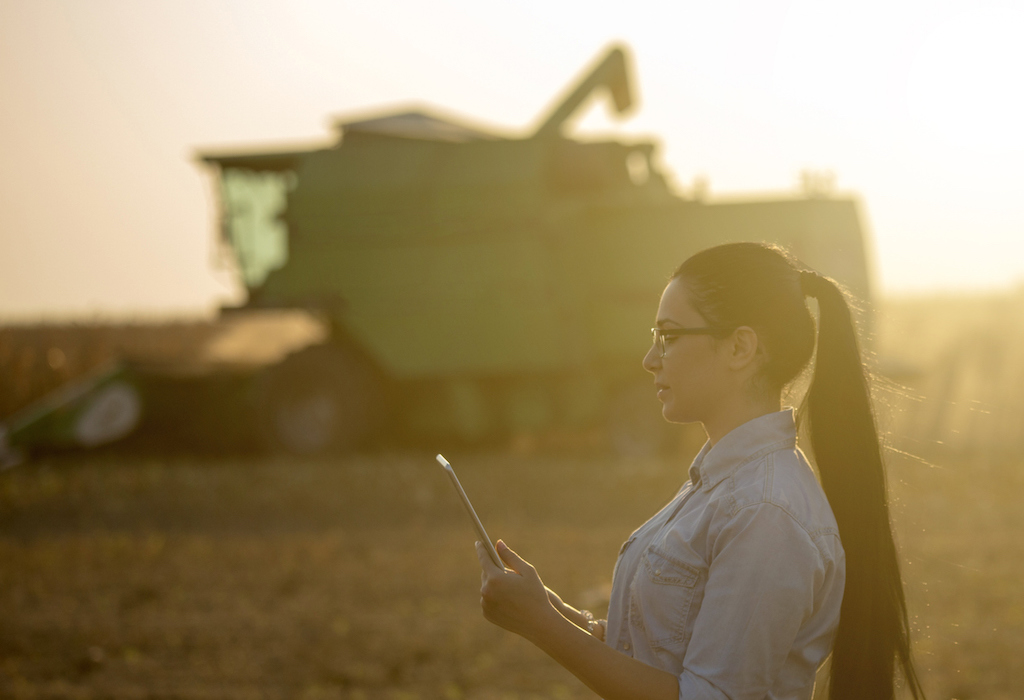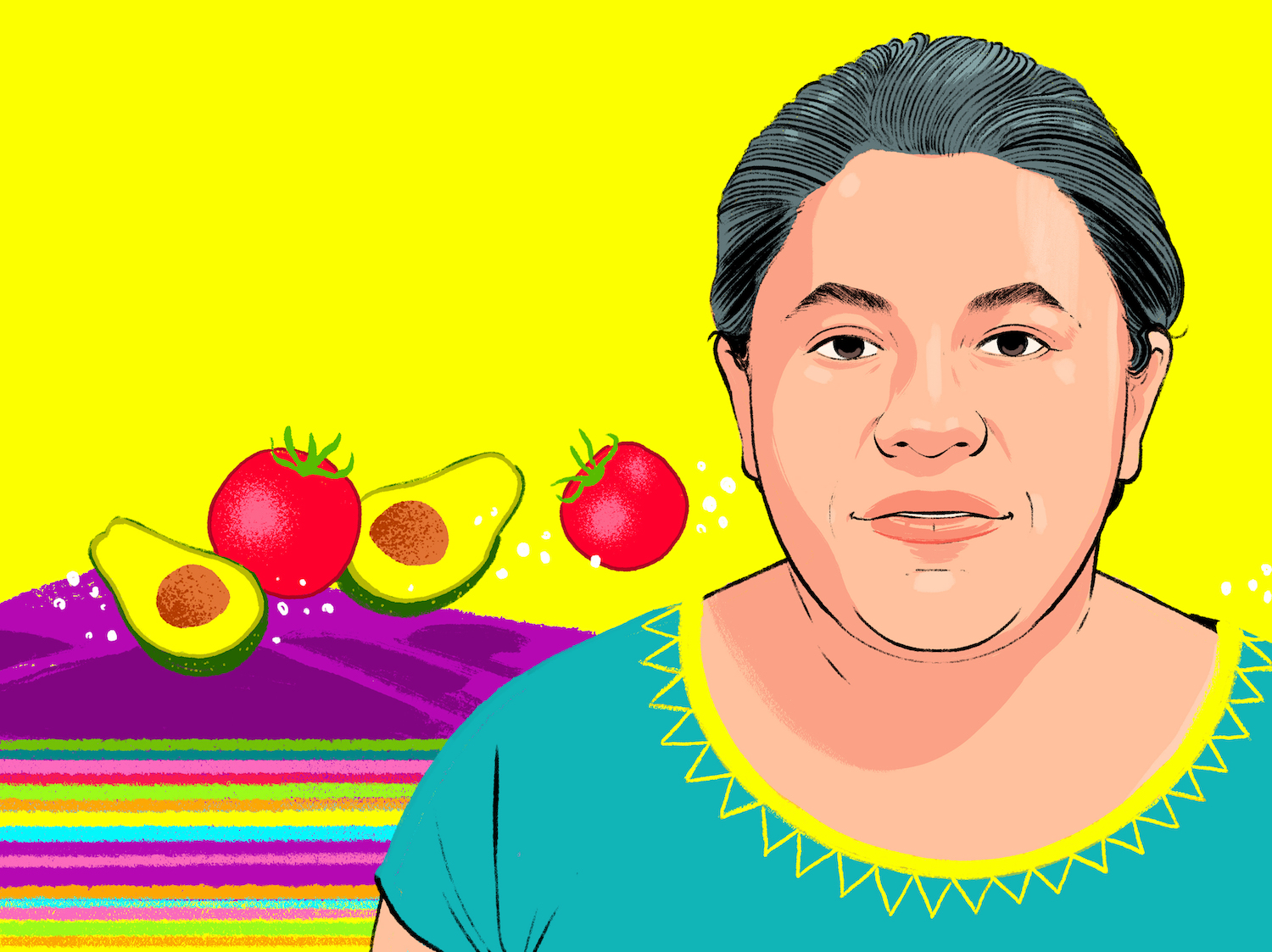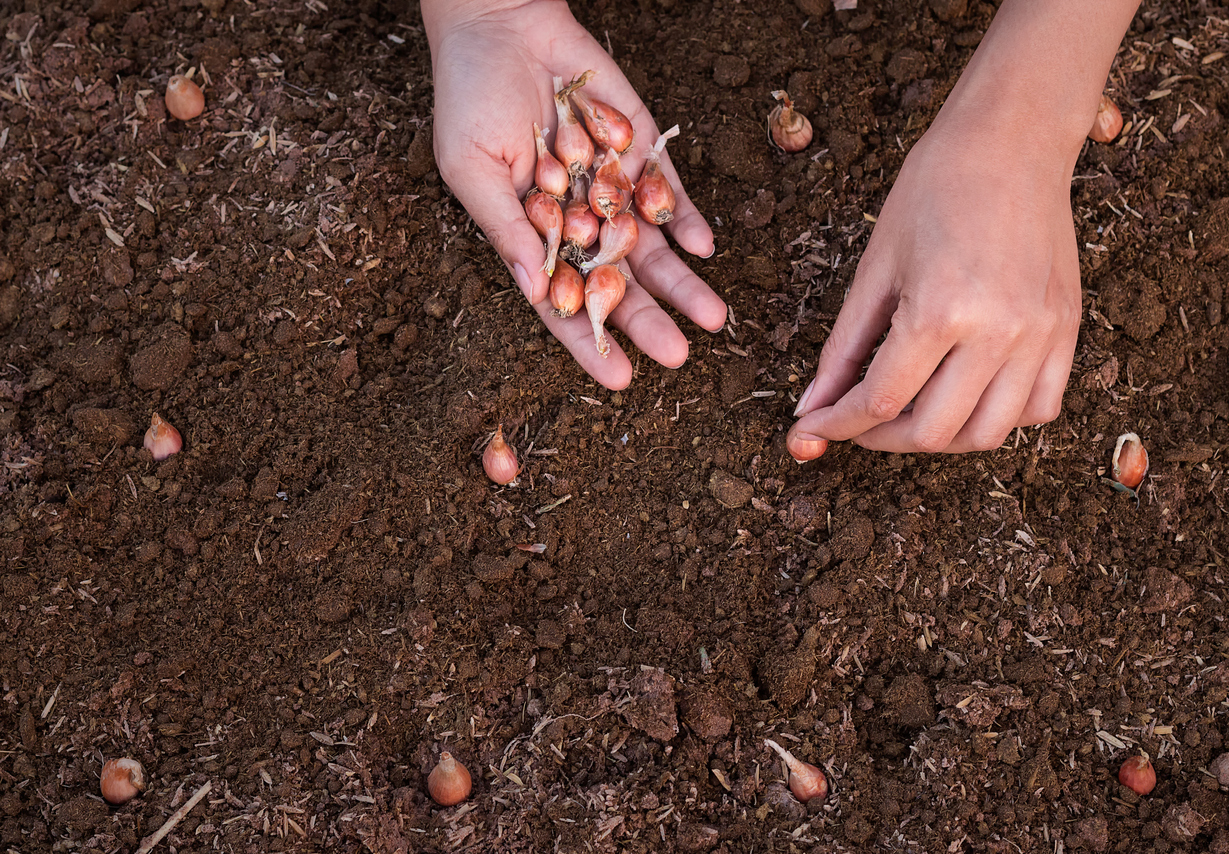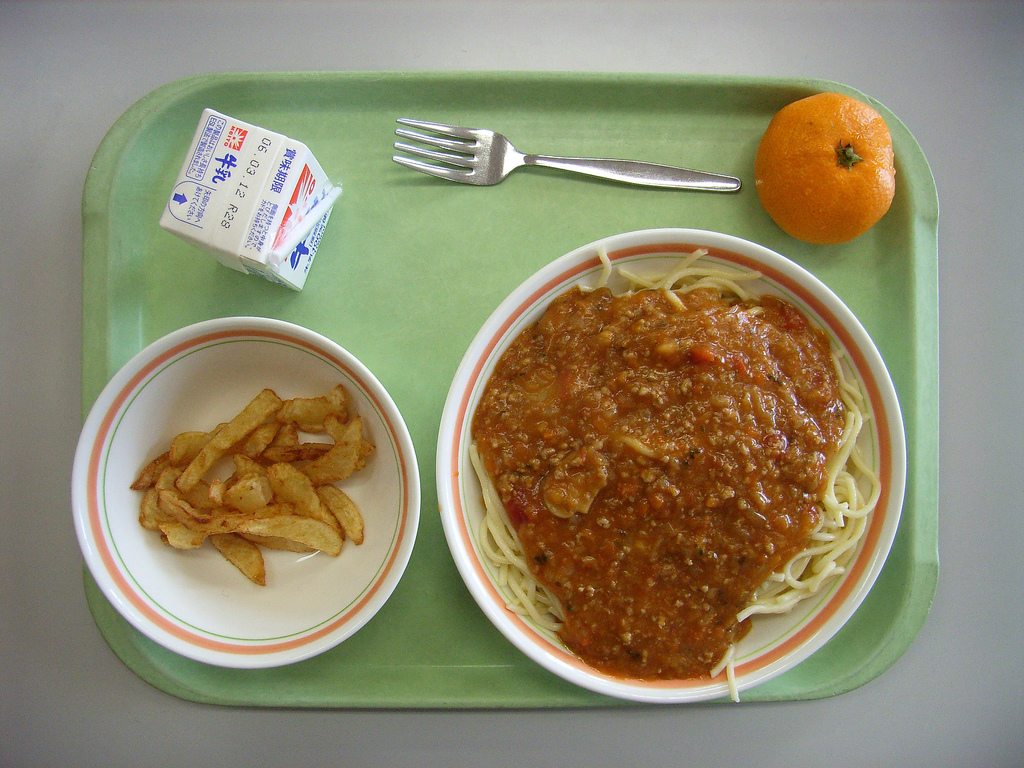
iStock / Jevtic
More than two years ago, I set out to report what I thought was a fairly straightforward story about gender inequality among chefs. I’d been inspired by Hungry, a 2016 documentary from director Patty Ivins, to explore a matter even more prickly than gender in restaurant kitchens—gender and money in restaurant kitchens.
The film had me thinking specifically about how women chefs are perceived once they’re successful enough to seek the capital to scale up an existing restaurant—or open a new location—and whether those perceptions impact how much they can raise.
Surprisingly, there wasn’t a lot out there on the subject. Though, there was this: According to the Small Business Administration, only 4 percent of the total dollar value of all small business loans go to women entrepreneurs.
So, I asked around. Some women I talked to said they had maxed out credit cards, or used personal or family loans to fund their restaurant enterprise. Some, who already had track records and many years in the industry, said they felt they’d been overlooked for business loans from their local banks, while their greener male counterparts were launching big, shiny ventures just down the street. Still others said that even talking about whether there were funding disparities between men and women working in the culinary world shined too harsh a light on gender and would make it even harder to move their profession out of the male/female binary.
Are funding results for women actually different than they are for men? If they are, why? And how would we know? I sought the answer to those questions by doing what reporters do. I searched for data to back up the body of personal experience reflected in my notes.
Turns out, finding data on funding for women-owned restaurants is harder even than running one. And if you want to know about how women running food- or agriculture-centered enterprises outside the restaurant world are faring, there’s even less.
That’s in part because we don’t really know that much about what women entrepreneurs in any sector raise versus their male peers.
But here is what we do know—and much of it comes from the high-risk, high-growth, high-return cosmos of new venture financing: In 2017, women startup founders received just 2 percent of venture capital dollars in the United States. That’s $19.8 billion of the approximately $85 billion total invested across all sectors. Female-founded companies are raising less as an overall percentage of all businesses as they move through the early and late stages of their venture.
The venture picture writ large looked rosier for women in 2018. Last month, Gené Teare at Crunchbase reported “unprecedented funding amounts” globally in 2018, including a rise in “supergiant rounds”—that is investment rounds that were above the $100 million mark.
At the same time, Teare wrote, female-only startups consistently raise fewer dollars. “The median funding amount for female-only founded startups is consistently below male-only founded teams, as well as male and female co-founded startups.” She went on: “From 2015 through 2017, male and female co-founded startups medians were either higher or equal to male-founded startups, suggesting that it is female-only founded startups that face greater challenges when it comes to fundraising.”
And here’s what we know about agriculture and food as an important emerging sector: In 2017 food- and ag-tech startups raised over $10 billion collectively, a 30 percent increase on the year before, according to online venture firm AgFunder. (AgFunder gets the majority of its data from Crunchbase.)
I put my story about funding disparities for female chefs on hold, hoping I’d find a way to tell it at another point. And in a way, I did. Many months later, in the summer of 2018, The New Food Economy hosted a New York screening of journalist Amy Wu’s documentary, From Farms to Incubators, a look at women of color in the Salinas Valley, and the triumphs and struggles they faced trying to break into the ag-tech sector.
To the surprise of pretty much no one on our panel, the Q&A centered largely around how women in the sector are perceived when they ask for money to fund their enterprises. I heard again what I’d heard before: It is different for us. We just don’t know how different.
Since it was clear that the story was morphing into one about how we don’t have enough data to tell an accurate story about funding disparities, Karen, Louisa, and I decided we ought to do something to fix that.
Last month, we launched Money Where Our Mouths Are: An investigation into funding gaps for women founders across the food and agriculture sectors.
To start, we sliced thin. We disseminated more than 5,000 records of deals made across the agri-food-tech sector over the last five years to quantify the number of deals made to women, the value of capital awarded, and the number of women decision-makers for those deals.
Of those 5,000 deals, we narrowed our analysis down to the 2,788 that had the gender information we needed.
Here’s a look at some of our early findings.
 .
. Graphic by The New Food Economy
Graphic by The New Food Economy
 .
. Graphic by The New Food Economy
 .
. Graphic by The New Food Economy
 .
. Graphic by The New Food Economy
 .
. Graphic by The New Food Economy
As we go forward in our analysis over the next six months, we’ll be conducting interviews with men and women agriculture and food entrepreneurs, venture capitalists, agri-business and agri-food venture funds, and support organizations. We will share our findings in stories published by The New Food Economy and AgFunder News.
Agriculture and food are both generators of, as well as solutions for, many of the pressing issues of our time—climate, soil fertility, water, health and nutrition, sustainability, and food access and distribution. We need scaled solutions quickly, across all technologies and continents. But we suspect a structural bias exists that harms women-led enterprises and the critical agriculture and food issues they are committed to resolving.
Susan Lynd, co-founder of BBG Ventures said it best: “The biggest issue is not the number of women starting companies, but the access to capital as you move up the food chain.”
Stay with us as we investigate further. And if you’d like to be part of the story—as a sponsor, advisor, interviewee, or funder—drop me a note at kate.cox [at] newfoodeconomy.org. We can’t tell the story without you.











